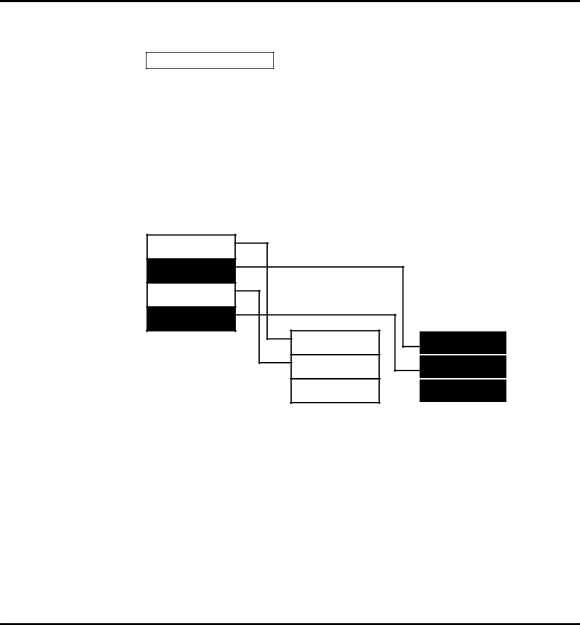
MaxLoader User’s Guide
All programmers except TopMax and ChipMax must use the
Concurrent Gang Mode for multiple socket operations.
Split
When programming devices for a
NOTE: Do not run this operation in “Concurrent Mode”.
EXAMPLE 1: PROGRAMMING TWO
Byte $0000
Byte $0001
Byte $0002
Byte $0003
Byte $0000
Byte $0002
:
Byte $0001
Byte $0003
:
1.Load a
2.Select the target device from menu.
3.Insert the target device (#1) into the ZIF socket.
4.Click on EVEN in Split data menu.
5.Program the device (#1).
6.Remove the device (#1) and insert the second device (#2) into the ZIF socket.
7.Click on ODD.
8.Program the second device.
88